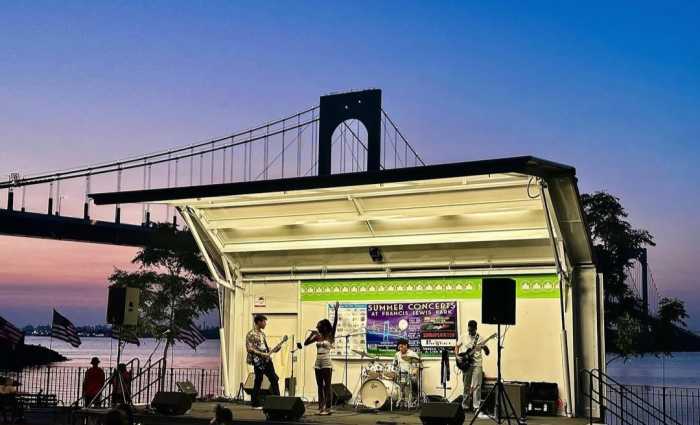Out with the old and in with the new.
Patrick Nowakowski resigned from his role as Long Island Rail Road president last week after transit advocates, MTA board members and commuters called on MTA Chairman Joseph Lhota for a shake-up at the beleaguered rail line.
Nowakowski had been the LIRR president for four years, during which many of his decisions were questioned and a state report claimed commuter service had sunk to its lowest performance rate in nearly two decades.
With up to 9.2 million riders frequently inconvenienced, the regional economy sustained about a $75 million loss in productivity throughout the year in 2017 with an on-time performance of 91.4 percent, which had not been seen since 1999, according to the March report from state Comptroller Thomas DiNapoli’s office.
Although 2017 saw the worst performance in 18 years, January 2018 was the worst month for the LIRR in 22 years. Blizzards and exceedingly cold temperatures shrank the already suffering on-time performance down to 83.9 percent. Nowakowski’s LIRR also had a reputation of failing to communicate with the riders when it came to delays and cancellations.
It wasn’t all bad, though, and could’ve been worse. The transit agency, under Nowakowski’s guidance was well-prepared for the feared Summer of Hell last year. He also made a move to improve the transit situation at Belmont, where there had been dangerous crowding and hours of delays near the racetrack. But it ultimately wasn’t enough to stay the course or save his job.
Now it’s up to new LIRR President Phillip Eng to turn things around at the nation’s largest commuter railroad. And it’s not going to be easy.
In addition to fighting the ongoing battle of late trains and cancellations, Eng will also be responsible for ensuring the completion of several construction projects and major repairs, including the East Side Access project to link the LIRR to Grand Central Terminal.
Queens lawmakers have also been pushing for the implementation of a Freedom Ticket plan, which would potentially reduce the cost and time burdens faced by southeast Queens transit users who commute to Manhattan.
Eng has been with the MTA since March 2017, when he was appointed the chief operating officer and was responsible for leading major initiatives across all of the MTA’s agencies. He has an extensive transit background dating back to 1983 when he started his career at the state Department of Transportation.
It seems he has the experience to make a difference. Time will tell if he’s up to the task, but one thing is clear: He must do a better job than his predecessor. The LIRR’s performance is trending downward and it’s up to Eng to buck the trend.

































